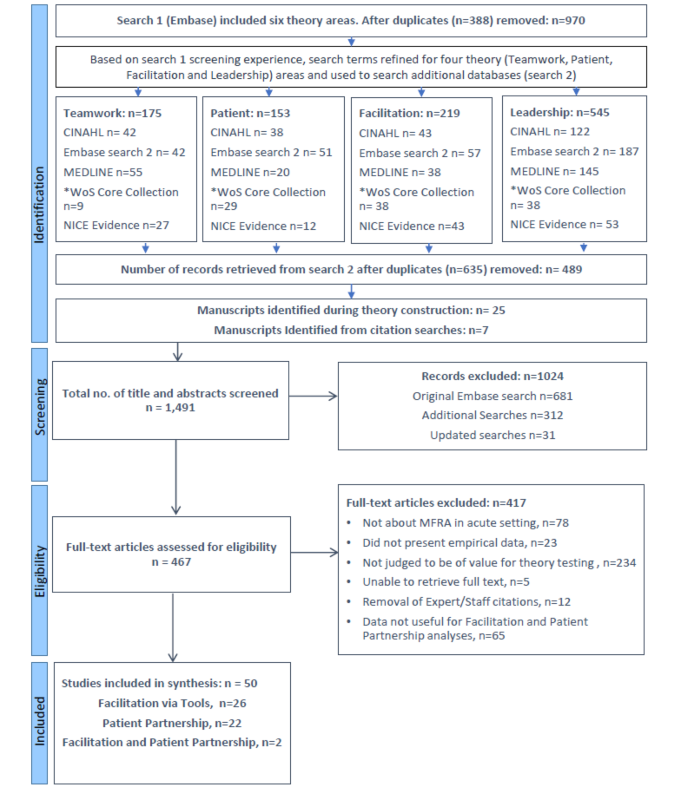The 10-Minute Rule for Dementia Fall Risk
How Dementia Fall Risk can Save You Time, Stress, and Money.
Table of Contents3 Simple Techniques For Dementia Fall RiskDementia Fall Risk - QuestionsDementia Fall Risk Can Be Fun For EveryoneSome Known Facts About Dementia Fall Risk.Getting The Dementia Fall Risk To Work
In the neighborhood, inadequate road lighting or unprotected creeks and landfills might also trigger crashes. Falls Risk Assessment Device (FRAT) is a 4-item falls-risk testing device for sub-acute and residential care. The FRAT has three sections: fall danger standing, threat element checklist, and activity plan. A Loss Threat Standing includes data about background of current drops, medicines, emotional and cognitive condition of the patient.If the client scores on a danger element, the matching number of points are counted to the client's autumn threat score in package to the much best. If an individual's loss threat score totals 5 or higher, the individual is at high danger for falls. If the patient scores only 4 factors or reduced, they are still at some danger of falling, and the registered nurse should utilize their ideal scientific evaluation to handle all loss threat elements as part of an alternative treatment strategy.
These conventional approaches, in general, assist create a safe atmosphere that decreases accidental falls and delineates core preventive actions for all clients. Indicators are crucial for individuals at threat for drops.
An Unbiased View of Dementia Fall Risk
Wristbands must include the client's last and first name, day of birth, and NHS number in the UK. Only red color must be utilized to signal special individual status.
Items that are too far may require the individual to get to out or ambulate unnecessarily and can potentially be a hazard or contribute to drops. Helps prevent the individual from heading out of bed with no support. Nurses react to fallers' telephone call lights quicker than they do to lights launched by non-fallers.
Aesthetic disability can substantially trigger falls. Hip pads, when put on properly, may decrease a hip crack when autumn occurs. Maintaining the beds closer to the floor decreases the danger of falls and major injury. Positioning the cushion on the floor significantly reduces fall risk in some health care setups. Low beds are developed to reduce the distance a patient falls after moving out of bed.
The Only Guide for Dementia Fall Risk
Clients who are high and with weak leg muscular tissues who attempt to sit on the bed from a standing position are likely to fall onto the bed because it's also low for them to reduce themselves securely. Likewise, if a high person attempts to stand up from a reduced bed without aid, the person is likely to fall back down onto the bed or miss the bed and fall onto the floor.
They're designed to advertise timely rescue, not to prevent drops from bed. Aside from bed alarms, enhanced supervision for risky people also may aid prevent falls.

Patients with a shuffling stride increase autumn possibilities significantly. To reduce loss risk, shoes ought to be with a little to no heel, slim soles with slip-resistant walk, and sustain the ankles.
The Buzz on Dementia Fall Risk
In a research, homes with appropriate lighting record less falls (Ramulu et al., 2021). Improvement in illumination at home might minimize autumn prices in older grownups.

Sitters are effective for guaranteeing a protected, protected, and safe environment. Nonetheless, studies showed extremely low-certainty evidence that caretakers minimize loss risk in intense treatment healthcare facilities and just moderate-certainty that options like video clip surveillance can minimize sitter use without raising loss risk, suggesting that caretakers are not as helpful as originally thought (Greely et al., 2020).
A Biased View of Dementia Fall Risk

Increased physical conditioning decreases the risk for drops and restricts injury that is sustained when loss takes place. Land and water-based workout programs might be similarly beneficial on balance and gait and therefore decrease the threat for falls. Water exercise might contribute a favorable benefit on balance and stride for ladies 65 years and older.
Chair Rise Exercise is a simple sit-to-stand exercise that aids strengthen the muscles in the thighs and butts and improves mobility and freedom. The goal is to do Chair Increase workouts without making use of hands as the customer becomes more powerful. See sources section for an in-depth direction on exactly how to do you can check here Chair Rise exercise.